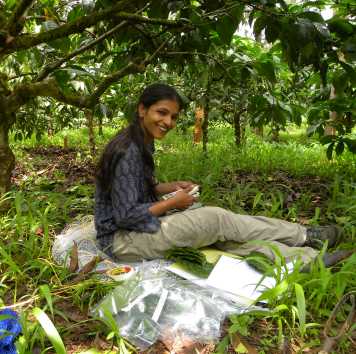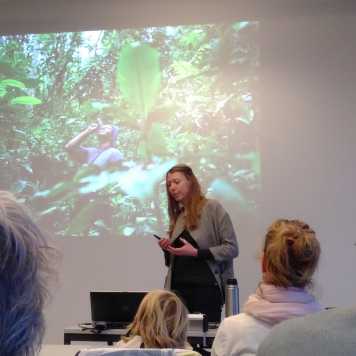MOCA
Managing Trade-Offs in Coffee Agroforests

Project Start: 2012
Principal Investigator: Prof. Jaboury Ghazoul, Ecosystem Management
Contact: Maike Nesper

In the pursuit of increased short-term productivity, traditionally shaded coffee plantations are being increasingly intensified and converted to more open sun coffee systems. This project aims to understand how shade tree density and diversity management on organic and conventional farms can contribute to more sustainable and resilient coffee production systems.
In agroforestry systems trees and crops are grown together. Trees provide underlying crops with their preferred habitat conditions such as shade or a moist climate, and protect them from climatic extremes. They often also enhance nutrient availability which reduces the need for synthetic fertilisers and facilitates the adoption of organic systems of production. Traditional species-rich agroforests consequently have lower costs, are less vulnerable to climatic hazards, and support a wealth of agricultural biodiversity, allowing farmers to market their crops as environmentally friendly.
Despite such benefits traditional agroforestry systems worldwide are being intensified: tree density and diversity in agroforests are being reduced, and often eliminated entirely to be replaced with relatively sterile crop monocultures. This is particularly so with coffee, a crop that has global economic importance (US$70 billion annually) and which provides a livelihood for 26 million smallholders in over 70 tropical countries.
Given the benefits of traditional agroforestry, why are smallholders choosing to abandon these systems in favour of intensive single-crop production? Agroforestry clearly has costs as well as benefits, and often the productivity of crops is, at least in the short term, improved by intensification. Tree shade can limit growth, and trees might also compete for water, nutrients or pollinators. The design of successful coffee agroforestry systems therefore depends on acknowledging and minimizing these problems, while maximising the positive interactions between trees and underlying crops.
Our objective is to understand how selection of appropriate trees and shade management on coffee smallholder estates can contribute to more sustainable and resilient coffee production systems. We seek to understand how tree management affects coffee production as well as ecosystem services such as soil fertility, pollination, and the capacity to cope with climate change. Such information will enhance the economic and ecological viability of agroforestry systems, increase their resilience to environmental and economic shocks, and support biodiversity and ecosystem services for the wider benefit of society.
Publication in Journal of Applied Ecology (2018)
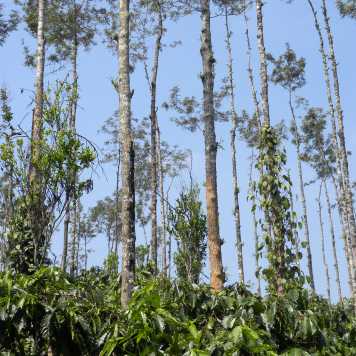
external page Simplification of shade tree diversity reduces nutrient cycling resilience in coffee agroforestry by M. Nesper et al. Read more in WFSC News
Publication in Agriculture, Ecosystems and Environment (2017)
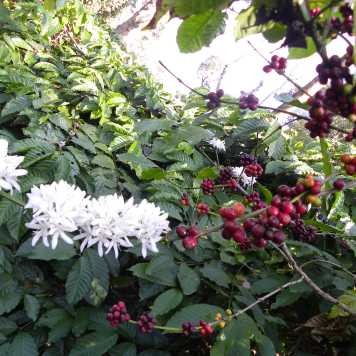
external page Shade tree diversity enhances coffee production and quality in agroforestry systems in the Western Ghats by M. Nesper at al. Read more in WFSC News
Workshop: Perceiving the future of Kodagu landscape: Coffee, Shade trees and Bees (2016)
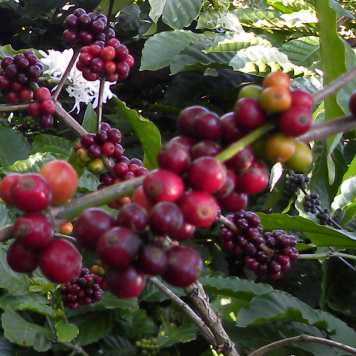
Workshop in Kodagu (Coorg) in collaboration with the College of Forestry, Ponnampet external page More
